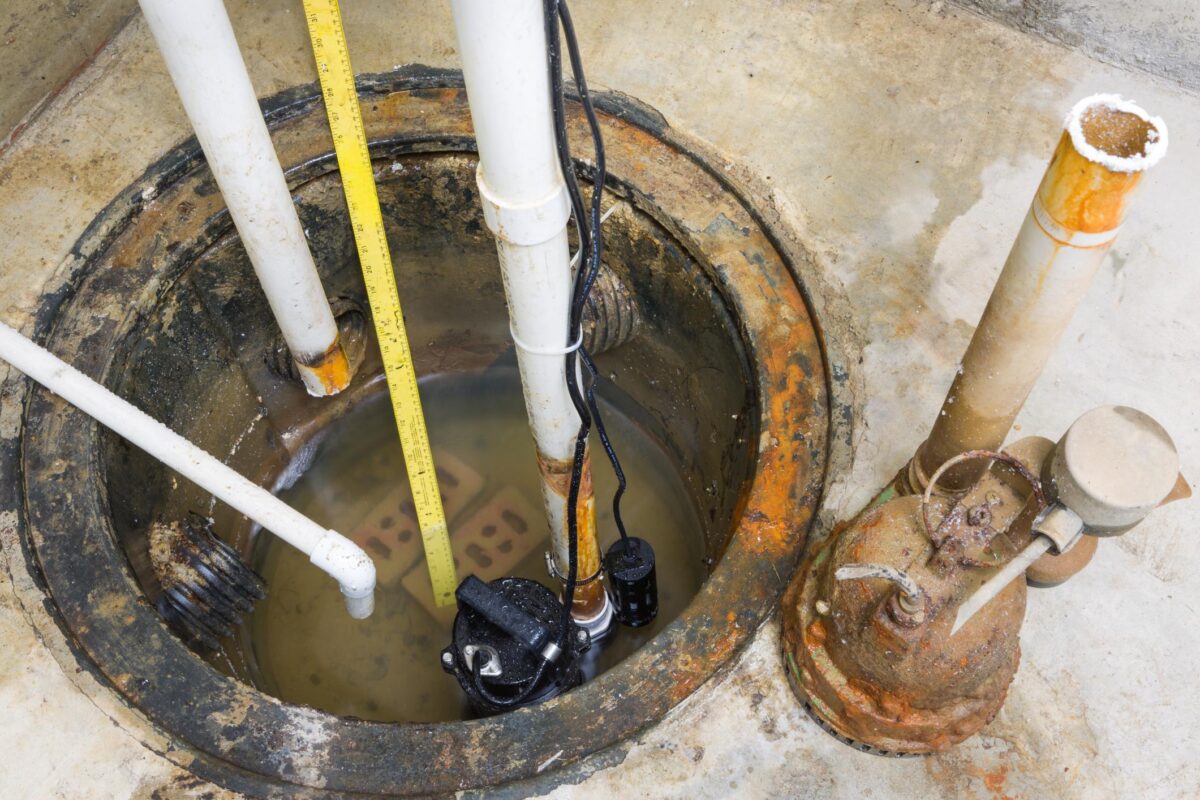Everything You Need to Know About Sump Pump: Tips to Maintain It

For example, your vehicle has a sump that collects oil. Similarly, homes have a small pit dug into the basement floor to collect water that filters through loose soil beneath the foundation. The sump pump detects moisture in the sump and pumps it away from the property through a network of pipes. Sumps are usually two feet deep and 18 inches wide. A floating switch completes an electrical circuit and engages the pump when the water reaches a certain level. These systems contain one-way check valves to prevent expelled water from flowing back into the pit.
What is a sump pump?
Some sump pumps have alarms to notify the homeowner if water rises above a certain point, indicating the pump is malfunctioning. Smart pump alarms can even send alerts directly to your phone. In addition, sump pump alarms indicate the backup pump has engaged, so you should check the primary pump. Electricity is required for sump pumps because they work near or in water. The outlet to which the pump is connected must include a ground fault circuit interrupter (GFCI). You should also have a backup power source.
Flooding is frequently associated with heavy storms, resulting in power outages. If your sump pump senses water but lacks the necessary power to work, it will struggle to protect you from water damage. Visit Eco pro plumbing’s website and get a free quotation today. They provide the best cambridge plumbing repair service. They offer the highest quality repair and service for plumbing and mechanical systems with over two generations of experience. Offering a range of high-quality plumbing services at a fair price, they deliver a variety of premium-quality plumbing services.
Types of sump pumps
There should be one primary and one backup sump pump in your system. The primary one will handle most of the work. The backup device are used if the primary pump fails or if it can’t handle the water inflow. Sump pumps are classified into two types: submersible and pedestal. Both types are available in primary and backup configurations. They can also be classified according to their backup power source: battery or water.
Primary sump pumps: These are the primary operational pumps used to drain water from sump pits and prevent any damage. There are two types of main pumps available:
- Submersible pumps: Electric-powered pumps integrate the pump body and motor. They are buried in the sump pit’s water, which keeps the pump from overheating and allows it to run longer.
- Pedestal pumps: These pumps have their motors mounted on a long tube above the sump pit. They are also less susceptible to water damage. These pumps are ideal for smaller sump pits that cannot accommodate a submersible pump.
Backup Pumps: If you require additional flood protection, a backup pump can help. They start automatically when the primary pump fails and do not require a power cable. Backup sump pumps are either water-powered or battery-powered.
Combination Pumps: This pump combines a primary pump and a battery-powered backup pump into a single unit. If the primary pump fails or there is a power outage, the backup pump will automatically operate.
Pumps for Sewage and Septic Systems
- Sewage Pumps: Instead of removing water from your basement, sewage pumps transport solid waste to a septic or sewage system. Sewage ejector pumps are installed in septic system basins and pump any accumulated waste up to the main sewage line. Solid waste is broken into smaller particles by sewage grinder pumps so that it may be injected into a sewage system.
- Effluent Pumps: They extract-treated water from septic tanks using high heat and high pressure.
Tips to Maintain the Sump Pumps.
During an emergency, dirt, sand, and other debris can block the pump and prevent it from running at total capacity. Most homeowners don’t realize their pump isn’t operating until it’s too late; we recommend servicing every six months. Here’s the good news, you can do most maintenance yourself if you’re handy.
- Firstly, ensure that the pump is upright. Pumps frequently shift due to motor vibration. The float arm might become stuck if the pump is not positioned correctly.
- Check the GFCI outlet to ensure it is plugged in and the cord is in good working order. The GFCI breaker may trip if moisture is present, causing the sump pump to stop working. If that’s the case, you’ll need to reset it. Seek professional assistance if DIY isn’t your thing. Contact Eco pro plumbing to get the best 24 hr plumber cambridge. They will check the backup power source and alarm to ensure the pump is working at total capacity.
- Test the pump by pouring some water into the pit. The pump should start automatically and drain the water away immediately. If not, have a professional service it. Additionally, check to see if water flows through the output pipe while checking the pump.
- Clean the check valve by disconnecting it and removing all debris.
- Examine the backup pump’s battery. Using a multimeter, check the battery regularly. Connect a maintenance-free battery to your backup if possible; an AGM (absorbed glass mat) battery is ideal for a sump pump.
- At least three to four times per year:
1. Pour enough water into the sump pit to ensure it turns on if you did not use the machine.
2. Remove debris from the filter screen to prevent clogs and damage to the pump. - Install a backwater valve to prevent your sewer line from backing up your home. You should also remove debris from any drains inside your home and nearby municipal storm drains.
4 Things You Should NEVER Do to Your AC











